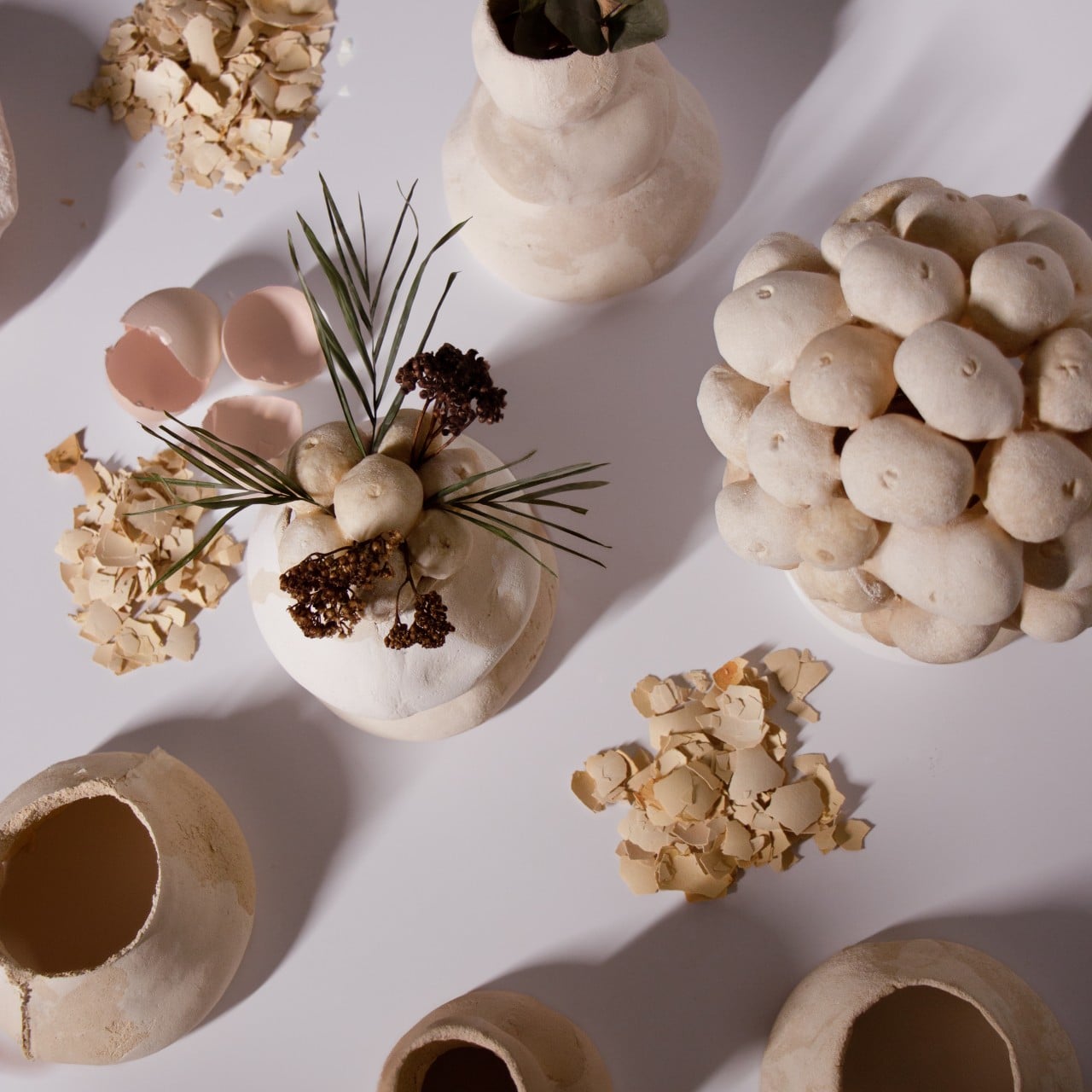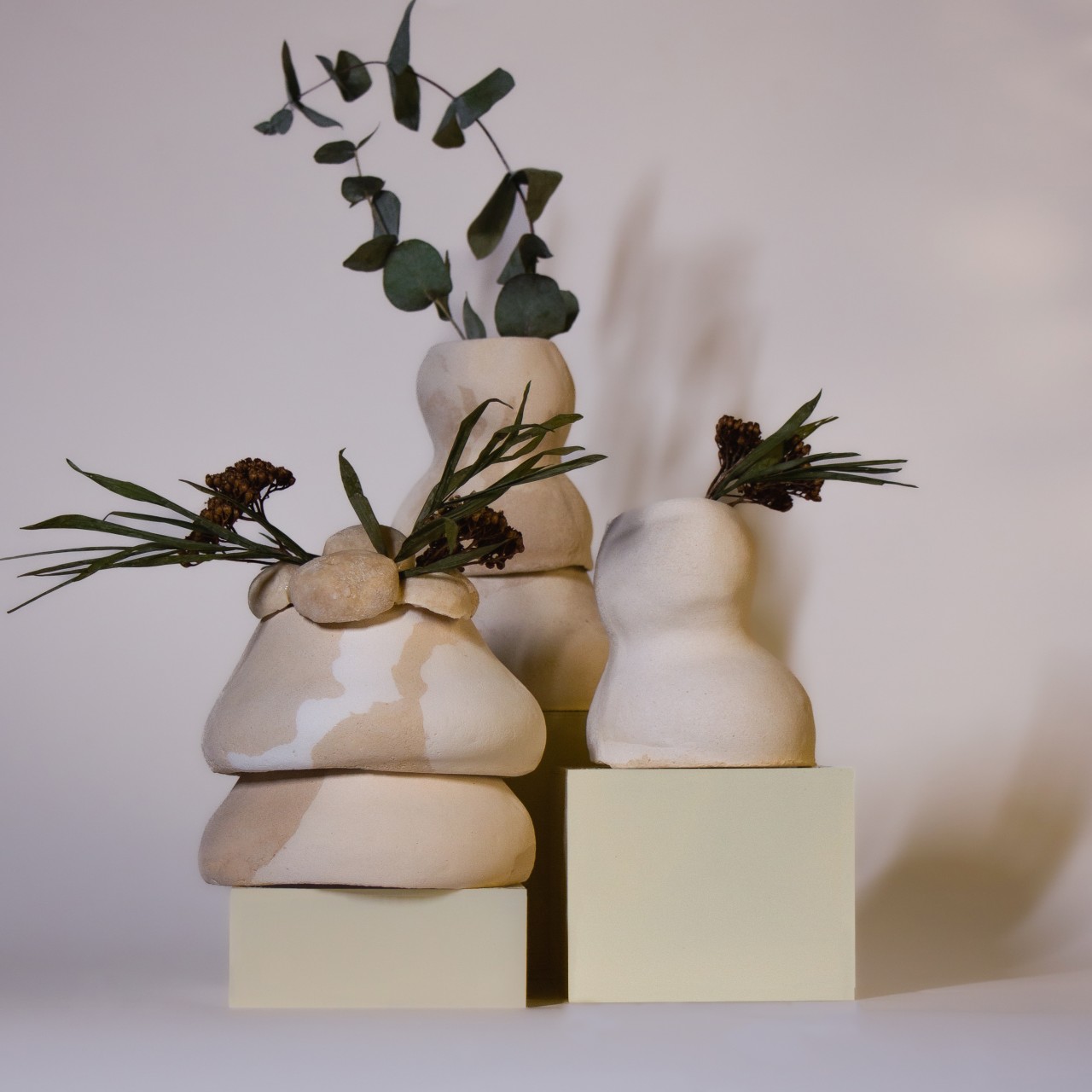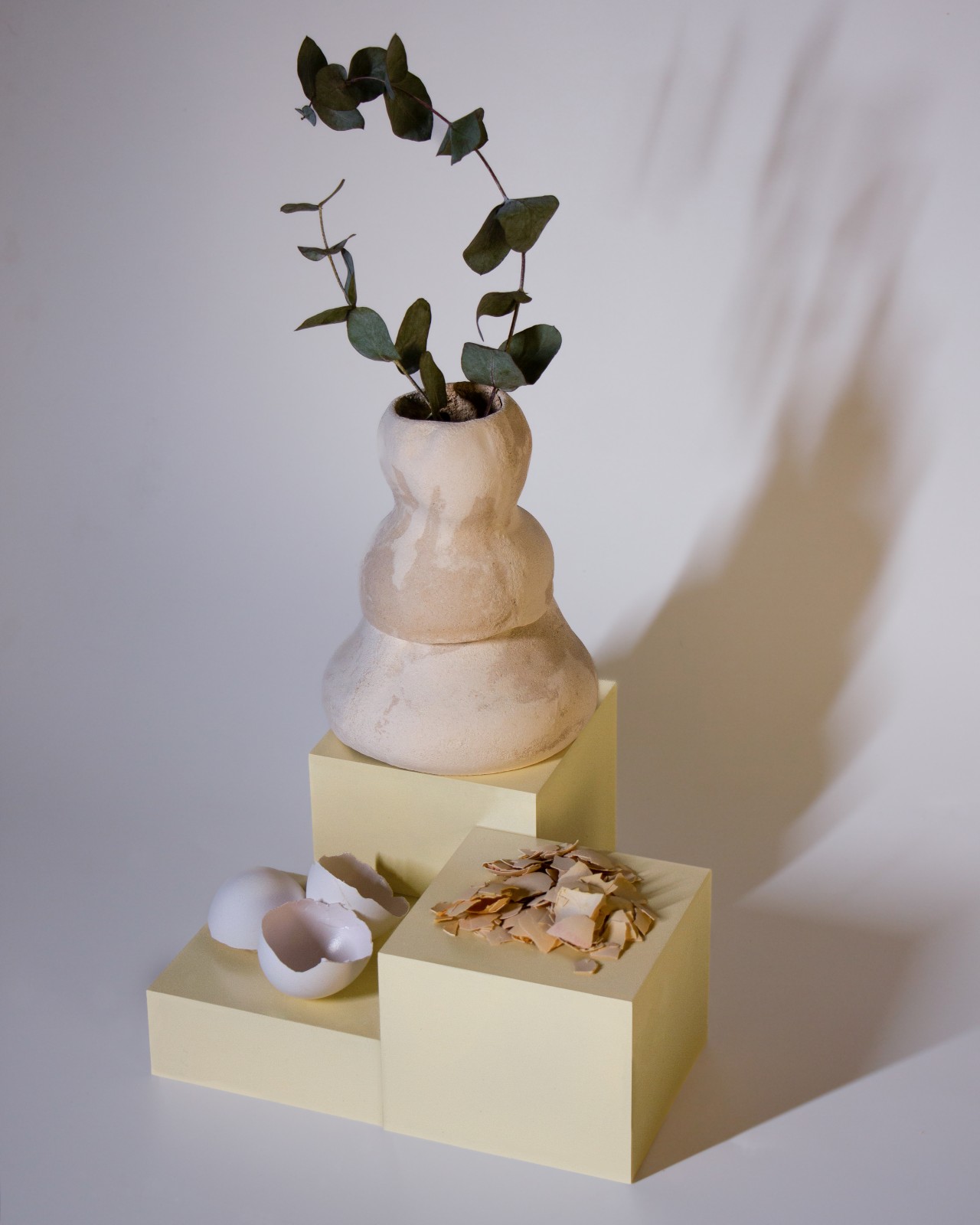View more
THESE CLAY-LIKE VASES AND LAMPS ARE ACTUALLY MADE FROM EGGSHELLS AND TAPIOCA STARCH
BY JC TORRES
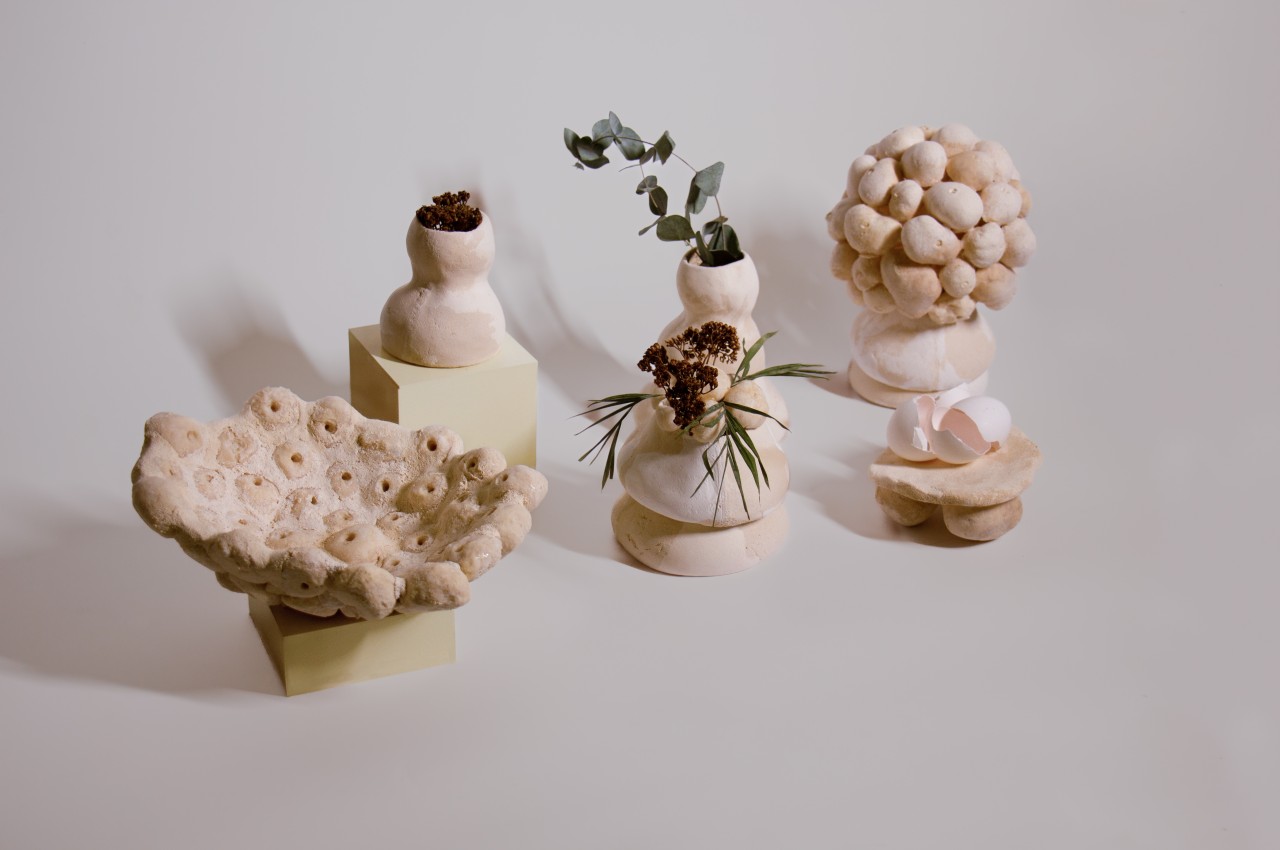
Plastics aren’t the only sources of pollution on our planet. It might come as a surprise, but even biodegradable material can become problems if left unchecked. Food waste, for example, can easily pile up, and not all of them are easily recycled or reused. Considering how many kinds of food use eggs for one reason or another, eggshells are prime examples of materials that become not only literal waste but also wasted potential to turn into something more useful. Fortunately, that are always ways to upcycle some of the most common food waste, and this collection of oddly-shaped accessories and vessels demonstrates one such method that takes advantage of the materials’ own properties to create interesting organic forms to decorate your tables or your shelves.
Designers: Zumra Yagmur Cetinler, Damla Ertem
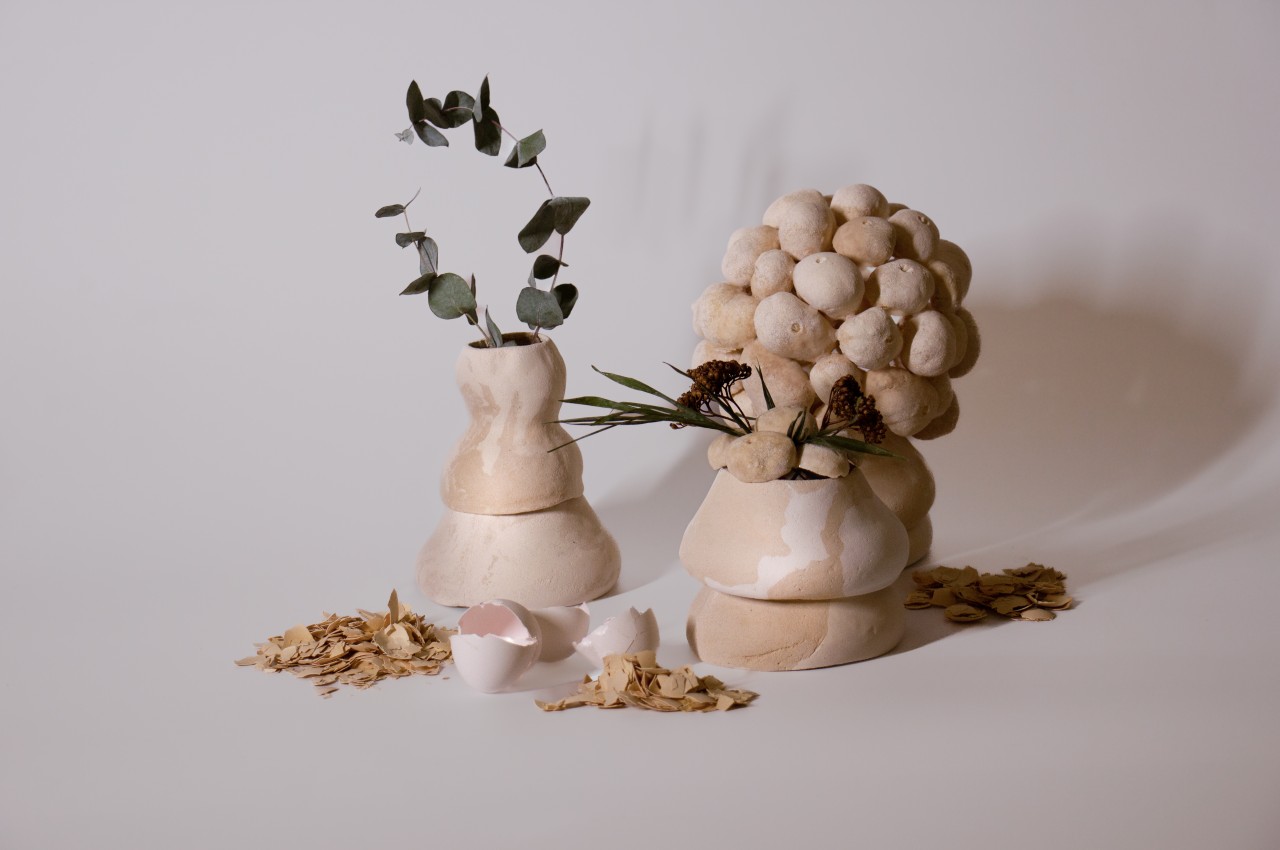
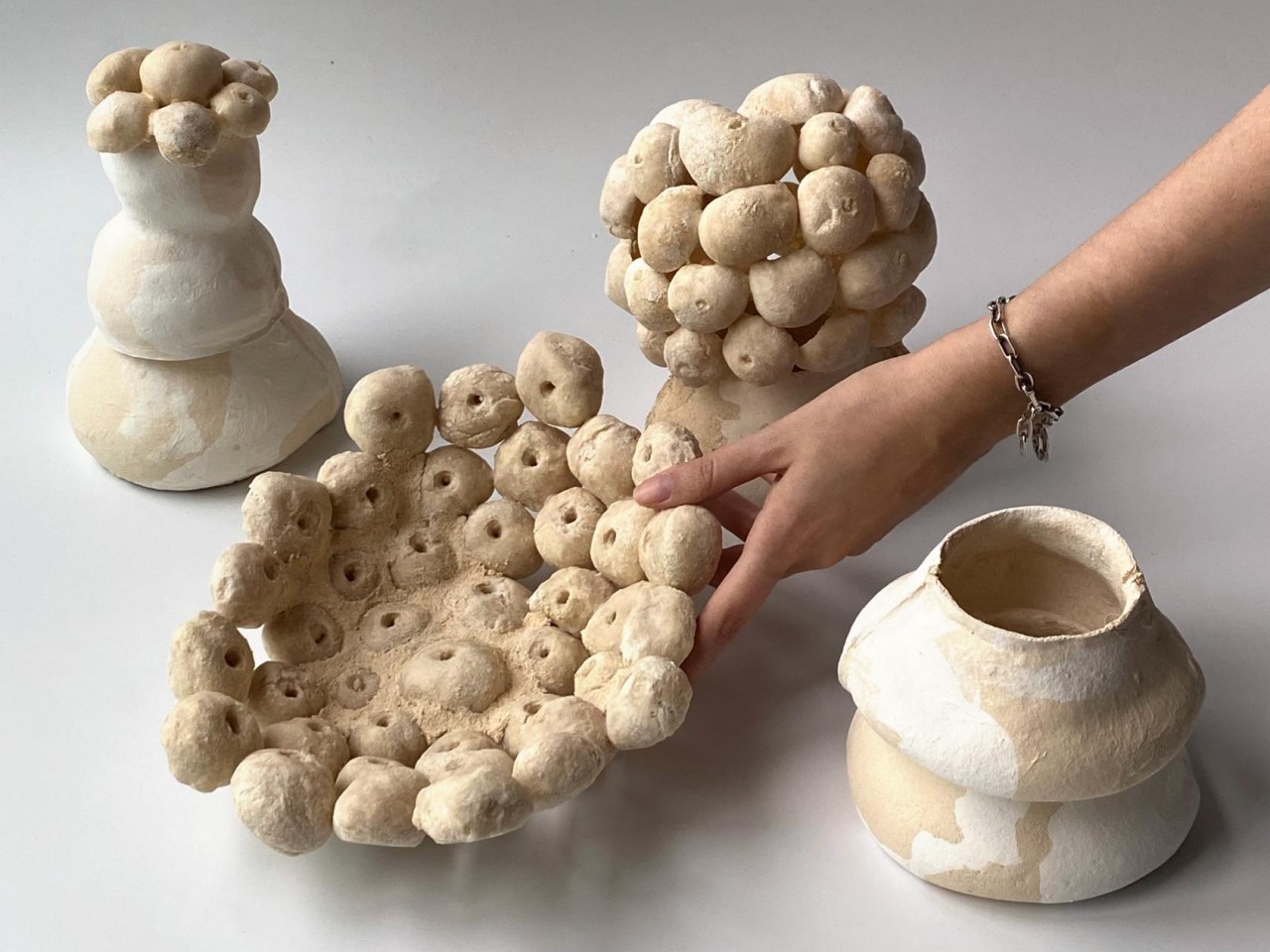
Technically, egg shells aren’t exactly recyclable. Yes, they are biodegradable and serve as excellent compost for gardens. Other than that, however, there are a few other uses for the remnants of widely-used eggs. Unfortunately, most people, kitchens, and food production processes don’t exactly pay special attention to food waste like eggshells, creating problems down the line, even for recycling plants.
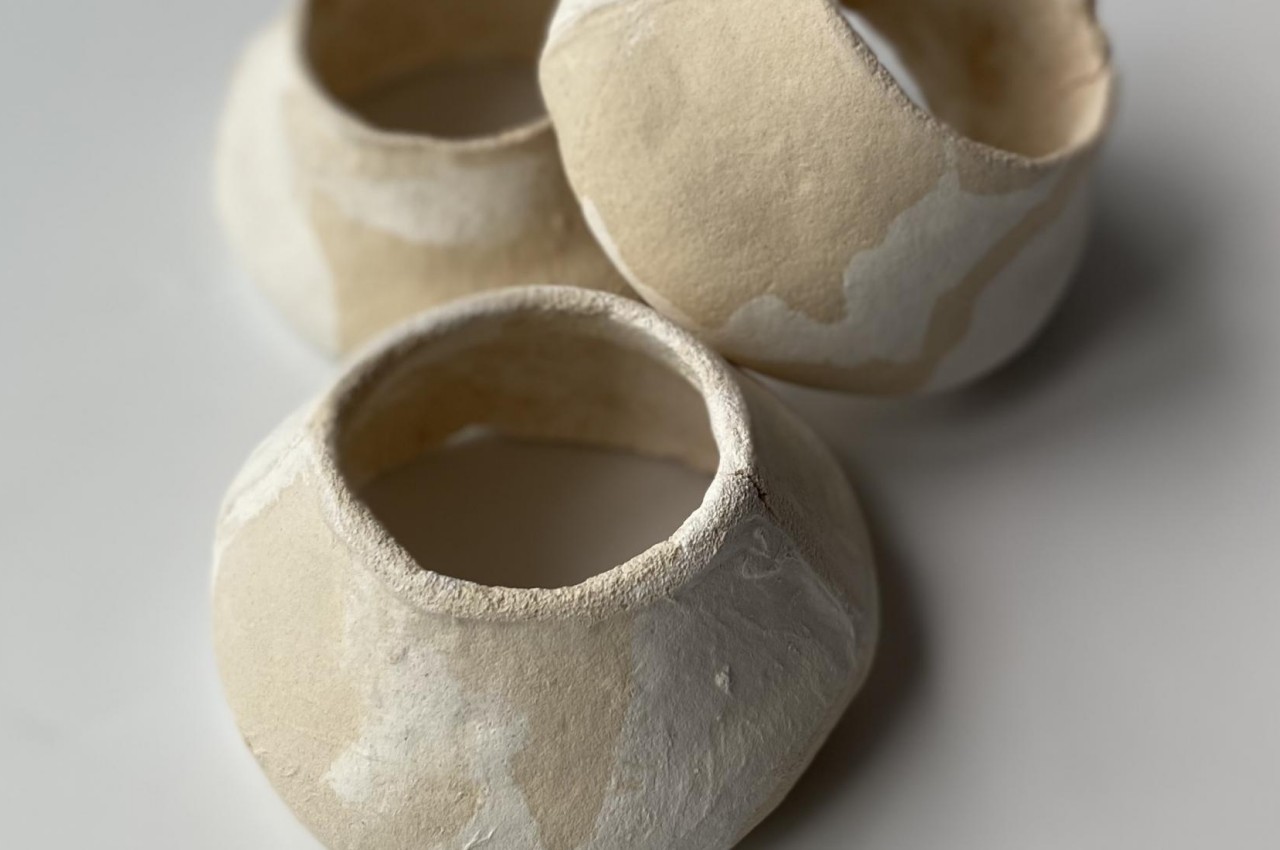
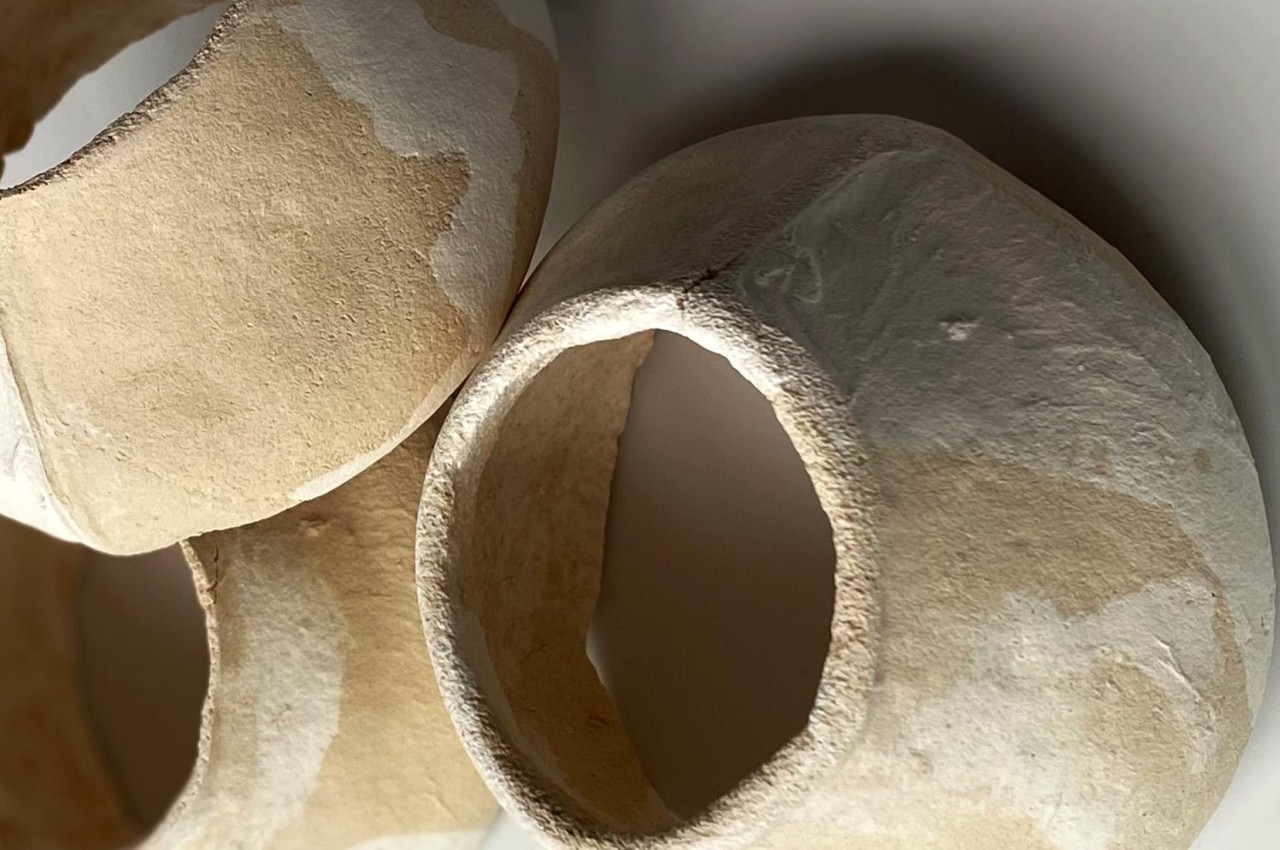
Just like the eggs they contain, eggshells can, fortunately, become ingredients for something greater than themselves. Burn’tShell, for example, is more than just a collection of vases and lamps with weird yet interesting shapes. This family of biodegradable and biomaterial products actually uses that often ignored food waste material, giving eggshells a new purpose and helping alleviate their harmful effects on the planet even by a little bit.
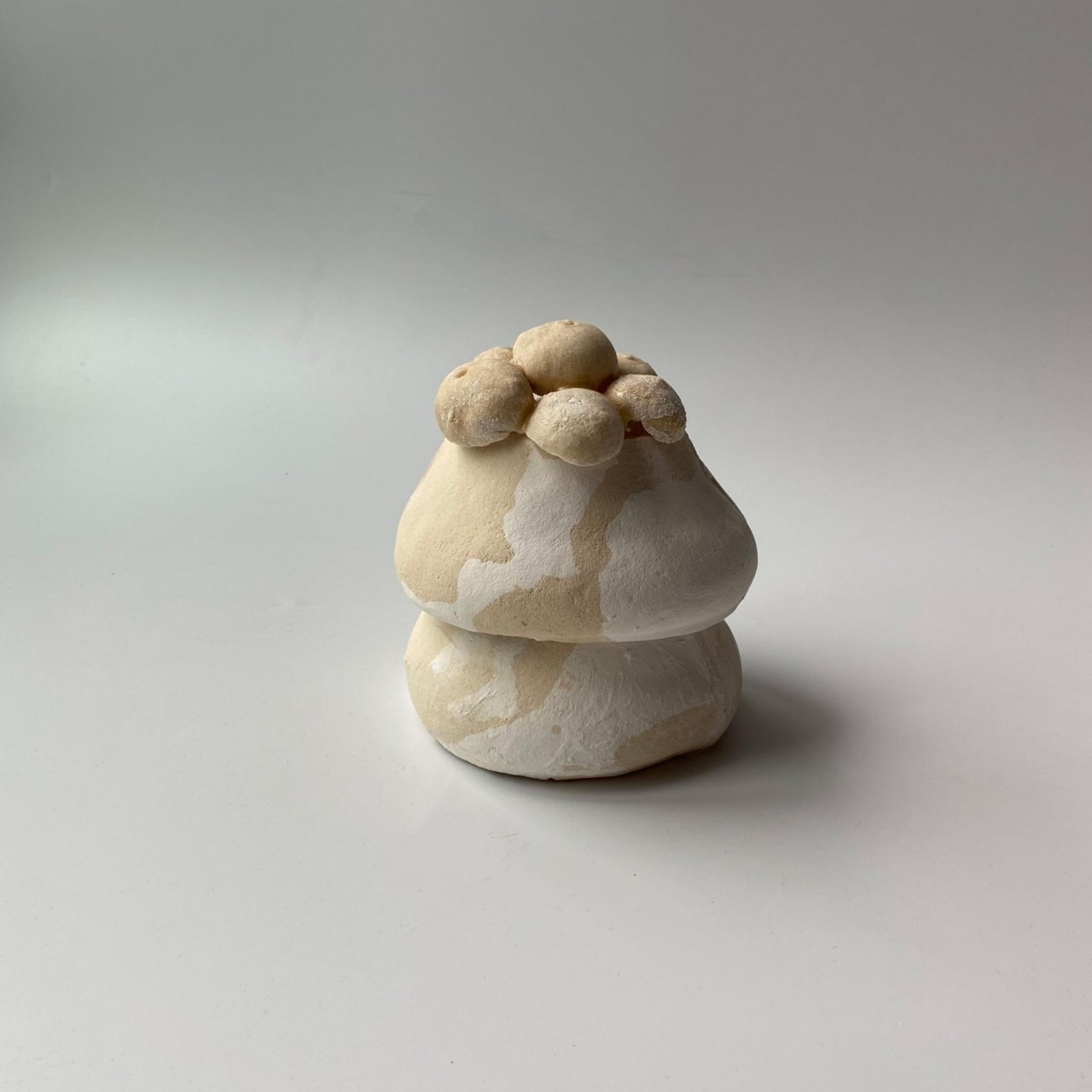
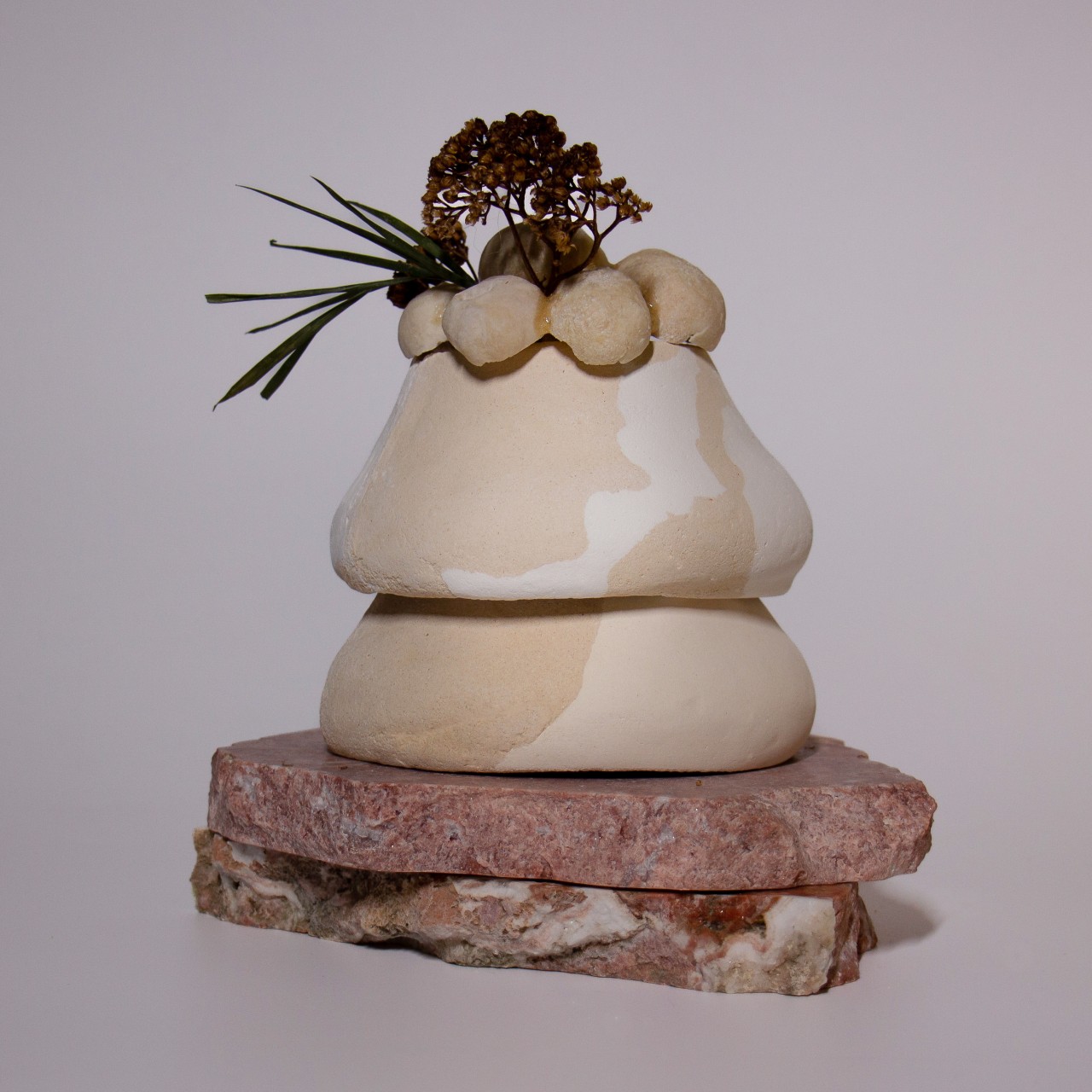
Burn’tShell actually uses two kinds of sustainable materials. The egg shells serve as the ingredient for the bottom pieces, while tapioca starch is used for the shell. What makes the design even more special is that processes use the materials’ innate properties, potential, and performance, leading to self-forming pieces that really capture the eye with their odd curves. That’s the same cause for the blight-like color-changing design that the material naturally produces, adding to the clay-like appearance of these vessels.
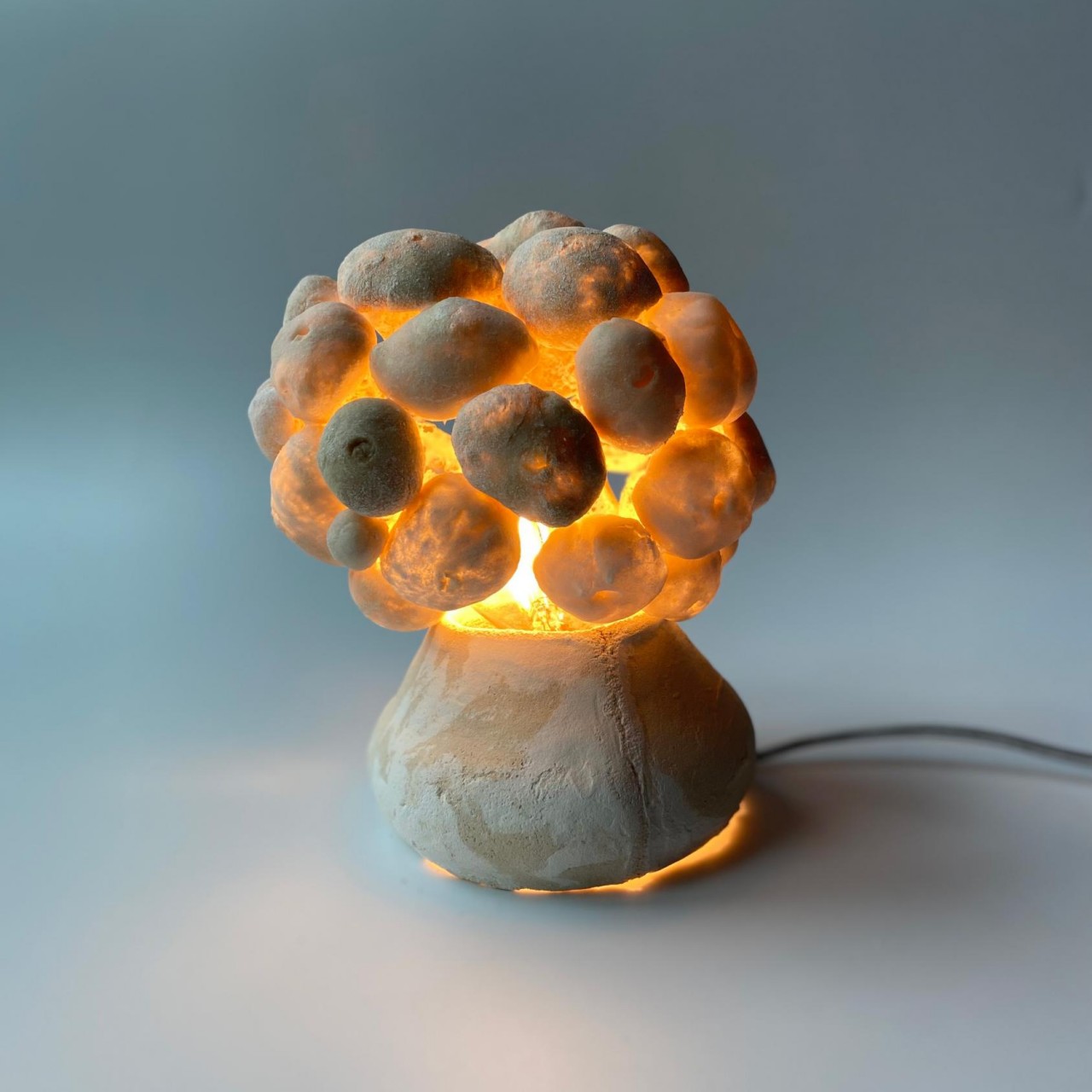
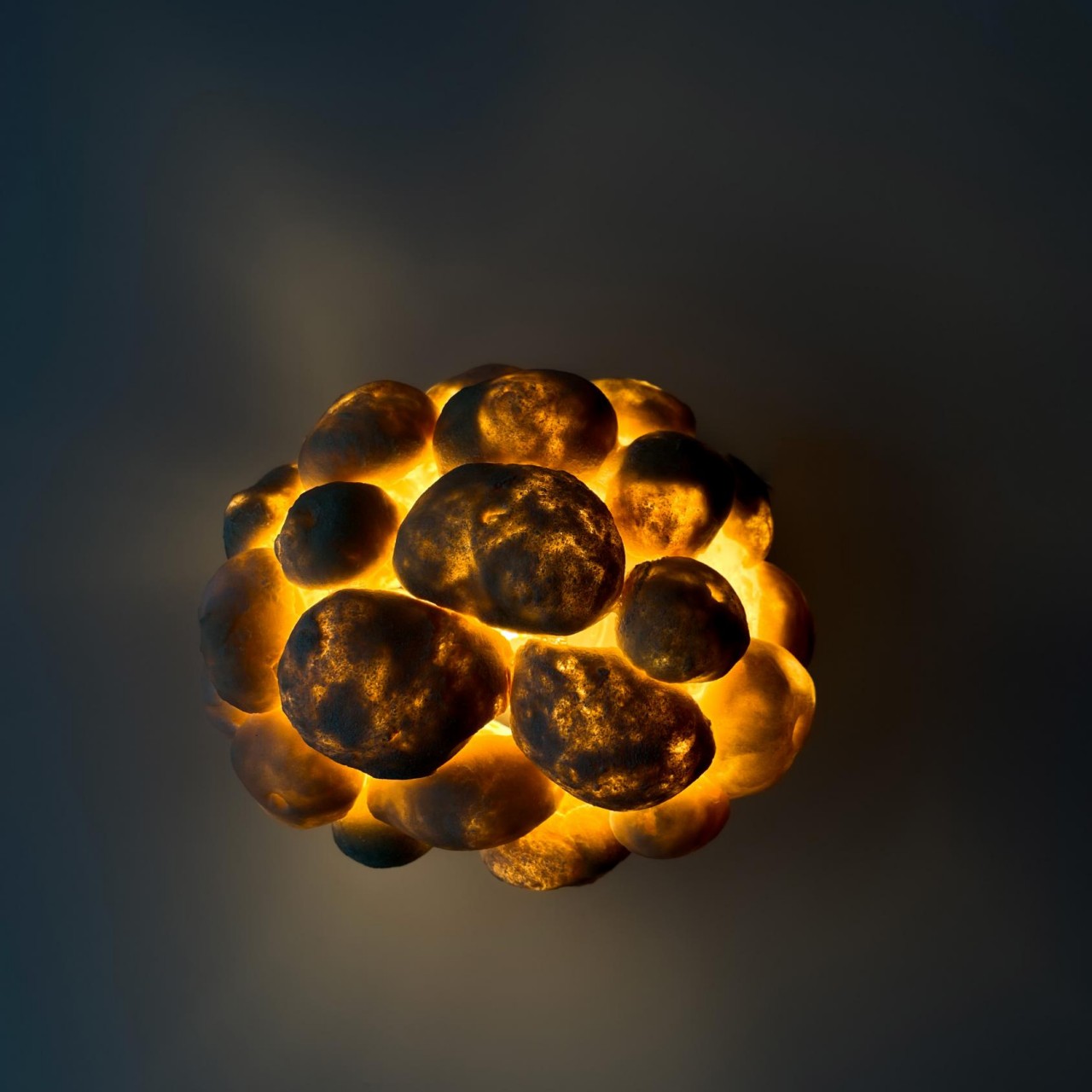
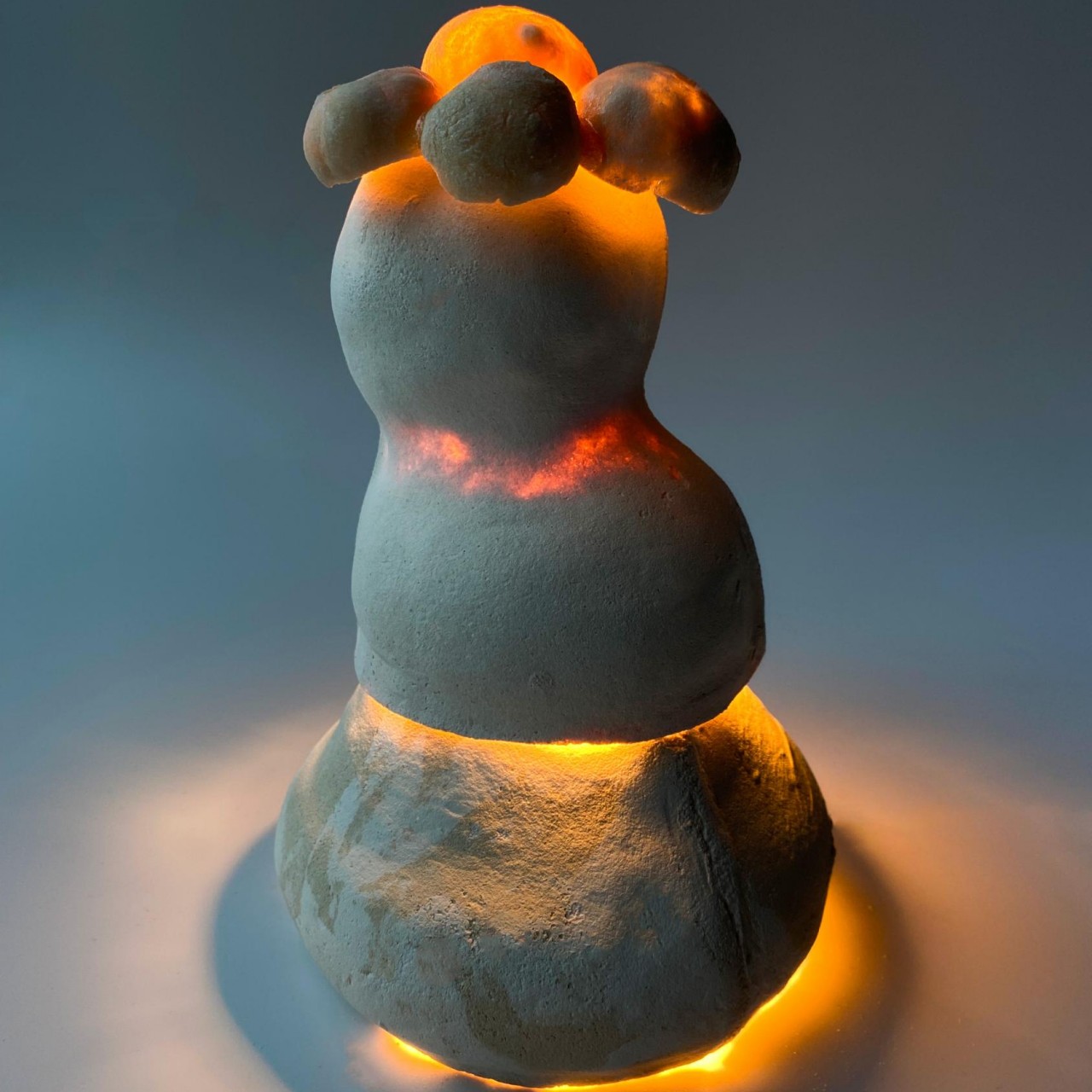
The vases and lamps are definitely conversation starters. Light brown hues mixed with patches of white create an earthy tone, while their unconventional curvy shapes convey a unique, organic character. They would definitely be fitting centerpieces for restaurant tables, especially ones where eggs are used for the main course.
